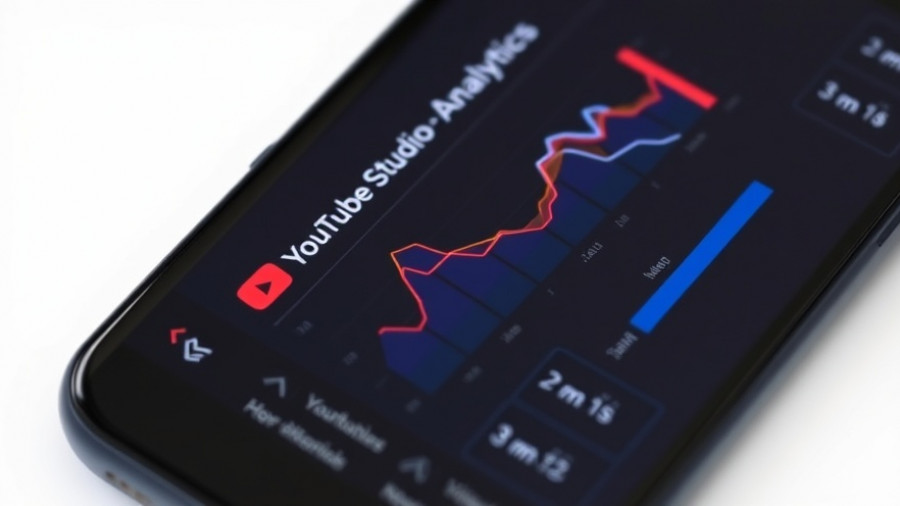
Understanding Google’s Search Partner Network Reporting
In a significant update that could reshape advertising strategies, Google has finally introduced site-level reporting for the Search Partner Network. For years, advertisers struggled with a lack of transparency over where their ads appeared outside of Google itself. Now, businesses can see which partner sites are serving their ads, creating a newfound clarity around ad placements. This change not only empowers advertisers with valuable data but also challenges them to rethink their approach to ad spending and visibility.
What Are the Key Changes?
The new reporting applies to Search, Shopping, and App campaigns, allowing marketers to access granular data on their ad placements. With this functionality, advertisers can see not just the number of impressions but also identify specific partner sites that showed their ads. This information is akin to the level of detail available in Performance Max, now extended to search partners, enabling advertisers to measure the impact and reach of their ads more effectively.
Advertiser Reactions: A Mixed Bag
Reactions among advertisers have been varied. Some are delighted with the enhancement, viewing it as a long-awaited solution to a problem they have faced for years. As highlighted by Anthony Higman on social media, this update is seen as unprecedented, meeting a demand that has persisted for decades. However, there is skepticism as well, with some professionals acknowledging that despite this improvement, the data still primarily relates to impressions without offering comprehensive insights on conversions or quality of traffic.
Why This Update Matters
The introduction of Search Partner Network reporting is more than just an incremental change; it represents a pivotal shift in how advertisers can leverage data to make informed decisions. Previously struggling to justify their budgets when including search partners, advertisers now have the necessary insights to audit their placements and evaluate whether their strategies align with brand values. This newfound transparency can lead to more strategic execution, helping advertisers distinguish between productive placements and noise.
Taking Action: Key Steps for Advertisers
While the update is promising, its effectiveness hinges on proactive action from advertisers. Here are some practical tips for leveraging the new site-level reporting:
- Conduct a Placement Audit: Begin by running a thorough audit on your current ad placements. Utilize the new reporting tool to identify sites that may not resonate with your brand, and exclude any that do not align with your values.
- Look Beyond Impressions: Although the report provides impression data, it's crucial to complement this with your own conversion metrics. This will help you understand which placements yield valuable clicks and which simply contribute to inflated impression counts.
- Reassess Your Campaign Strategies: Many advertisers have previously opted out of the Search Partner Network due to its opaque nature. Now armed with more transparency, revisit your decision and consider how these partners could fit into your overall marketing strategy.
Navigating the Future of Ad Spending
As digital marketing continues to evolve, understanding where your ads are displayed and how effective they are is critical. Google's update aims to close the transparency gap that many have long criticized. Moving forward, it’s not just about knowing where your ads appear; it’s about using this information to optimize your strategy and drive better results for your campaigns.
In conclusion, Google’s introduction of Search Partner Network reporting is a game changer in the PPC landscape. By embracing these insights, advertisers can make more informed choices, thereby refining their strategies and potentially improving their bottom line. Keep an eye on this development, as it will no doubt influence how advertising budgets are allocated and how partner networks are approached.
 Add Row
Add Row  Add
Add 




Write A Comment